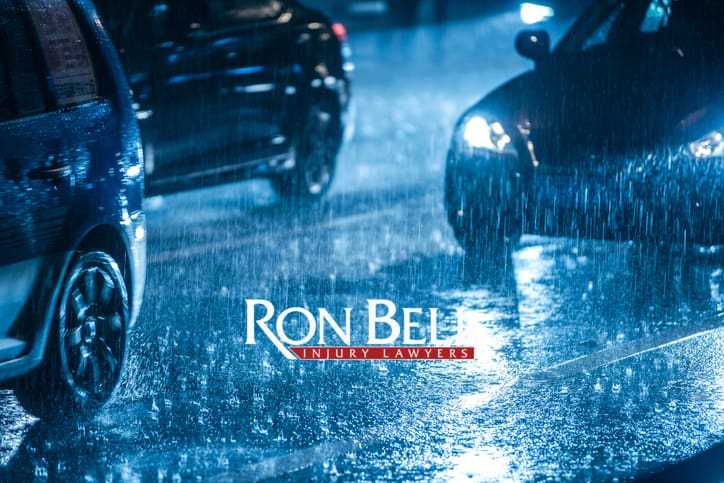
New Mexico’s Headlight Laws
December 7, 2018
Does the Use of Headlights Reduce the Risk of a Car Accident?
In The Article
Headlight Use in New Mexico
As winter approaches, the days are getting shorter, reducing the visibility on our state highways. This highlights the importance of remembering basic rules of headlight usage as defined in New Mexico state law. Basic regulations state:
- All motor vehicles, except motorcycles, are required to have two headlights, one on each side of the front of the vehicle.
- All motorcycles are required to have at least one headlight, and no more than two.
- Headlights need to be placed no more than 54 inches and no less than 20 inches from the ground.
- High-beam headlights should be turned off when there is oncoming traffic nearby.
According to NM Stat § 66-3-804 (2018), “A person who violates the provisions of this section is guilty of a penalty assessment misdemeanor.
It’s also important to keep your headlights on when visibility could be low. Other times to put have your headlights on include:
- Foggy conditions
- Snow
- Rain
- Construction zones
- Mountain roads
- When you cannot see more than 500 feet in front of you
Headlight Modification Regulations in New Mexico
Many people customize their vehicle in order to make it as unique as they are. However, when it comes to headlight modification, New Mexico has some rules. According to New Mexico Statutes Chapter 66, special restrictions on headlights include:
- No red lights should be seen from the front of the vehicle.
- No flashing lights should be added to non-emergency vehicles and tow trucks.
- Only specified vehicles, including fire trucks, ambulances, and school busses can have flashing red lights that can be seen from the front of the vehicle.
Headlight Use and Liability in Personal Injury Claims
If you were involved in an accident with a vehicle that was operating without headlights, you may be able to build a case against the driver, because not using headlights when appropriate could be a contributing factor in determining the liability of the other driver. However, several other factors will influence your claim and will be needed to build your case.
One of these factors involves the time of day the accident occurred will need to be considered. For example, if the other driver was driving without headlights on after dark, he or she broke the law and is guilty of negligence. Still, you’ll have to prove that the car’s headlights weren’t on at the time of the crash, which can be challenging without eyewitnesses or additional evidence.
Additionally, it’s important to think about the fact that the other driver driving without his or her headlights on is only one of many factors that could have contributed to the accident. New Mexico is a pure comparative negligence state, which means that if your actions contributed to the accident, you will share a degree of liability, and your potential compensation will be reduced accordingly.
In the end, you can reduce the risk of being involved in a car crash by using your own headlights in accordance with New Mexico law and safety considerations.
If you were in a car accident in New Mexico, contact Ron Bell Injury Lawyers to get a free case evaluation.
